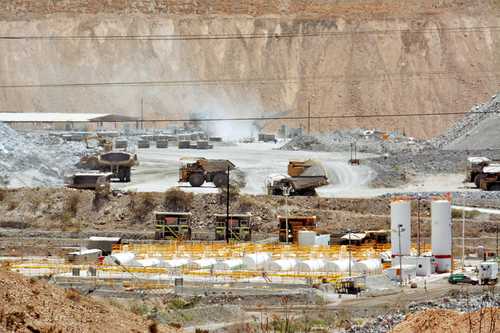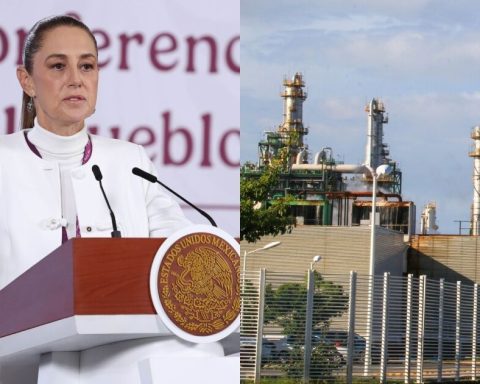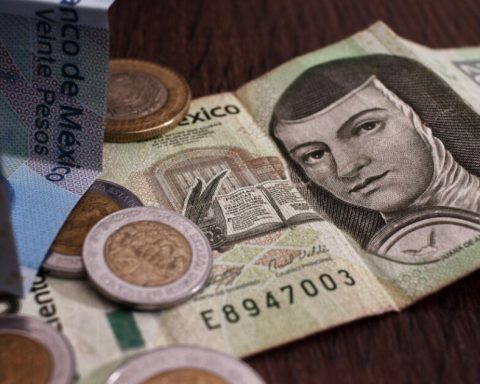▲ There is concern among experts about a possible green light for underwater mining. In the image, Peñasquito gold mine, in Zacatecas.Photo Alfredo Valadez
Angelica Enciso L.
La Jornada newspaper
Monday, December 6, 2021, p. 3
The mining industry, which devastates the areas where it is located in the territories, now seeks to exploit the bottom of the oceans – about which there is little information – to extract metals (such as gold, silver and titanium) and minerals. There are currently 31 exploration projects authorized on the planet, and experts are concerned that exploitation will be given the green light at the session of the International Seabed Authority (ISA), which begins this Monday in Jamaica.
Mining in the deep seas projects exploitations that would be more extensive than those made on land, with damaging effects on biodiversity and the capture of carbon dioxide, in addition to the lack of information on these ecosystems and on this model. extraction, they warned.
Chuquicamata, in Chile, is the largest open pit mine on the planet, with an area of almost 14 square kilometers, while an underwater mining in the Clarion-Clipperton zone in the Pacific will be 3,000 square kilometers, said Sandor Mulsow, formerly Head of the ISA Office of Environmental Management and Mineral Resources.
In an interview, he recalled that the Republic of Nauru, in Oceania, could begin exploiting mines for Canadians no later than 2023, and among the countries that most promote this type of extraction is Great Britain. He pointed out that the Chilean Senate asked for a moratorium on the authorization of the projects and to promote ISA’s transparency.
The commercial interest is in extracting polymetallic nodules of manganese, nickel, cobalt, copper, titanium, among other materials; polymetallic sulfides, rich in copper, iron, silver and gold, and cobalt crusts that are in around 2 million square kilometers in areas between 400 and 7 thousand meters deep, on the tops and sides of seamounts, indicates a document from Michael Lodge, ISA Secretary General. The authority’s top priority, he said, is develop a legal regime for the exploitation of these resources
.
The Ministry of Environment and Natural Resources (Semarnat) indicated that the mineral deposits in the seabed are found in an environment of great biodiversity and the exploitation work would create sediment plumes that could take years before settling again on the seabed and that would extend beyond the extraction point.
The effect that mining will have in deep seas is unknown, but what it has already caused is known
on land, said Octavio Aburto of the Scripps Institute of Oceanography.
He added that in the cobalt crusts, which the industry demands, there is a great diversity of species, it is clear that the loss of biodiversity leads to the loss of ecosystem function
.
Marine areas connect the surface and the bottom with the recycling of nutrients, and on this depend commercially important fish populations, with biomasses that can exceed those seen on the surface, he explained in a virtual forum on the subject.

















